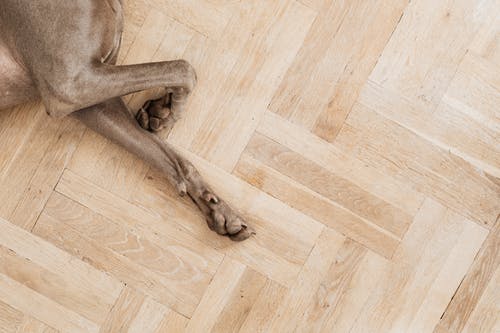
Steam mops look like the perfect tool for deep cleaning. You don’t need to scrub as hard with a mop. However, Larry Ciufo is a Consumer Reports engineer who tests steam mops. He warns:
You might think that a steam mop can be used on many surfaces since it uses hot water. He says that steam mop can cause damage if used improperly.
Here’s what you need to know before you start steam-mopping–including whether it’s safe to use it on wood floors, if it can disinfect, and what you can and cannot put into a steam mop’s water reservoir. The top-performing models are also highlighted in our tests. Consumer Reports steam mop buying guide, ratings provides more information.
It may seem tempting to steam clean hardwood floors using a mop. Steve Stocki, Lumber Liquidators’ manager of marketing & merchandising, says that extreme temperature changes and moisture can warp wood.
This applies to engineered or solid wood floors as well as bamboo. Although steam mop manufacturers like Bissell and Shark may claim that you can use it with sealed hardwood floors, Stocki advises against it as moisture could still force itself into the joints between boards and cause warping.
CR recommends that you clean surface-sealed wooden surfaces with a broom or dust mop, and then use a damp, not dripping wet, mop. Use a damp cloth to clean wooden flooring Wirral with a surface-penetrating sealer.
You need to be careful even if you are using non-wood flooring. Stocki advises against using a steam mop to clean laminate made from fiberboard. The heat can cause damage to the plastic surface. Linoleum, which is made from wood particles and linseed oils, is very similar to wood. It’s porous and vulnerable to moisture problems. To clean linoleum, it’s better to use steam to avoid clogging and to instead use a damp mop/cloth.

Even though porcelain and ceramic tile are nonporous, they can be difficult to work with. The tiles can withstand heat and moisture from a steam mop but the grout may be damaged by hot water. Hot water could loosen or alter the chemical composition of grout. You should limit the frequency you use a steam mop to clean your tiled kitchen or entryway.
Use a sponge mop to clean porcelain and ceramic tile. The warranty on your floor may be voided if you use chemicals like petroleum or ammonia. CR recommends that grout stains be cleaned with a grout brush dipped into a mixture of 1/2 cup bleach and a gallon water. (For more information on all types flooring, refer to our latest ratings and buying guide .
Vinyl floors? Stocki states that most vinyl floors are safe to use with steam mops. Vinyl is made from plastic with wood particles as a backing, so it is susceptible to heat damage. Check your steam mops manual to determine if your model can be used on vinyl.
The steam mop can be damaged by chemicals in cleaners. Trisha Rasch is an associate brand manager at Bissell. She says that there is a possibility of chemicals building up on the boiler or flash heater of a steam mop, which could reduce heat transfer and stop steam from flowing. Rasch warns that adding chemicals to a steam mop could also cause it to void its warranty.
This may be surprising to you but tap water should not be used in your steam mop. Ciufo says that mineral deposits can build up on the heating coil of a steam mop, which could cause damage to the mop. You will need to use distilled water just as with irons.
The three steam mop tests show that they are able to remove all the jam, mustard, and ketchup we used. In our ratings, they are listed alphabetically and not by rank.
